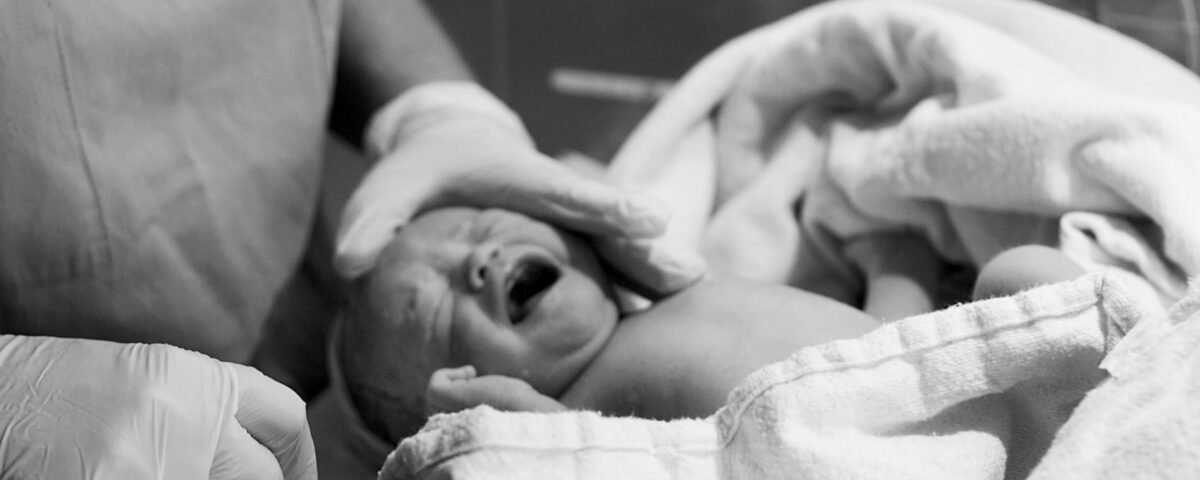
High-Risk Pregnancy: Latest Care Strategies for Safe Delivery
January 25, 2025Normal delivery, also known as vaginal birth, is the natural way of childbirth. It has significant health and recovery benefits compared to cesarean section (C-section). In today’s world, many women opt for normal delivery due to its long-term benefits for both the mother and baby. This blog explores why normal delivery remains the preferred choice in 2025. Learn more about maternal health on the World Health Organization – Maternal Health page.
Faster Recovery Time
Normal delivery allows mothers to recover much faster compared to a C-section. After a vaginal birth, mothers can return to their daily activities sooner as there are no surgical wounds to heal. The absence of major surgery means less pain and discomfort, making it easier for the mother to focus on her newborn baby and establish a routine. For more information on the benefits of vaginal delivery, visit the CDC – Benefits of Vaginal Delivery.
Lesser Risks of Postpartum Complications
Vaginal births significantly reduce the risk of postpartum complications. Unlike a C-section, normal delivery eliminates risks associated with infections, surgical wounds, or anesthesia-related issues. Mothers are less likely to experience severe bleeding or organ damage, which are more common in surgical procedures. This leads to a healthier and safer postpartum recovery. Read about postpartum health at World Health Organization – Maternal Health.
Natural Hormonal Release
During normal delivery, the body naturally releases hormones such as oxytocin. This “love hormone” not only aids in the delivery process but also strengthens the bond between mother and baby. Additionally, these hormones help the uterus contract post-delivery, reducing blood loss and supporting faster recovery. Hormones also boost milk production, essential for the baby’s nutrition.
4. Immediate Interaction With Baby
Normal delivery allows mothers to hold and interact with their baby immediately after birth. Unlike a C-section, where surgical recovery can delay bonding, vaginal birth ensures skin-to-skin contact within moments of birth. This early bonding experience is crucial for the baby’s emotional health and promotes breastfeeding initiation right after delivery.
Reduced Risks in Future Pregnancies
A significant advantage of normal delivery is the reduced risk of complications in future pregnancies. Since normal delivery does not involve uterine scarring, mothers are less likely to face risks such as uterine rupture or placenta issues. This makes it a safer option for women planning to have more children in the future. Learn more about future pregnancy risks at NHS – Normal Delivery Information.
Economical and Accessible
Normal delivery is often more affordable compared to a C-section. This cost-effective option is beneficial for families seeking quality care without incurring high expenses. Additionally, fewer medical interventions make it a more accessible choice for mothers, especially in areas where healthcare resources are limited or costly.
Lower Risks for Babies
Babies born through vaginal delivery are at a lower risk of respiratory problems compared to those born via C-section. The process of passing through the birth canal helps expel fluid from the baby’s lungs, reducing the likelihood of breathing issues. Additionally, normal delivery supports the baby’s immune system development by exposing them to beneficial bacteria from the mother.
Shorter Hospital Stays
Mothers who undergo normal delivery typically have shorter hospital stays compared to those who opt for C-sections. This is because there are no surgical wounds to monitor, and recovery is faster. Shorter hospital stays also reduce the risk of hospital-acquired infections and make it more convenient for families to return home sooner.
Conclusion
Choosing normal delivery offers numerous physical, emotional, and financial benefits for both the mother and baby. From faster recovery to fewer complications in future pregnancies, it remains the most natural and preferred method of childbirth. However, consulting your gynecologist to determine the best delivery option based on your health is essential for ensuring a safe experience.



